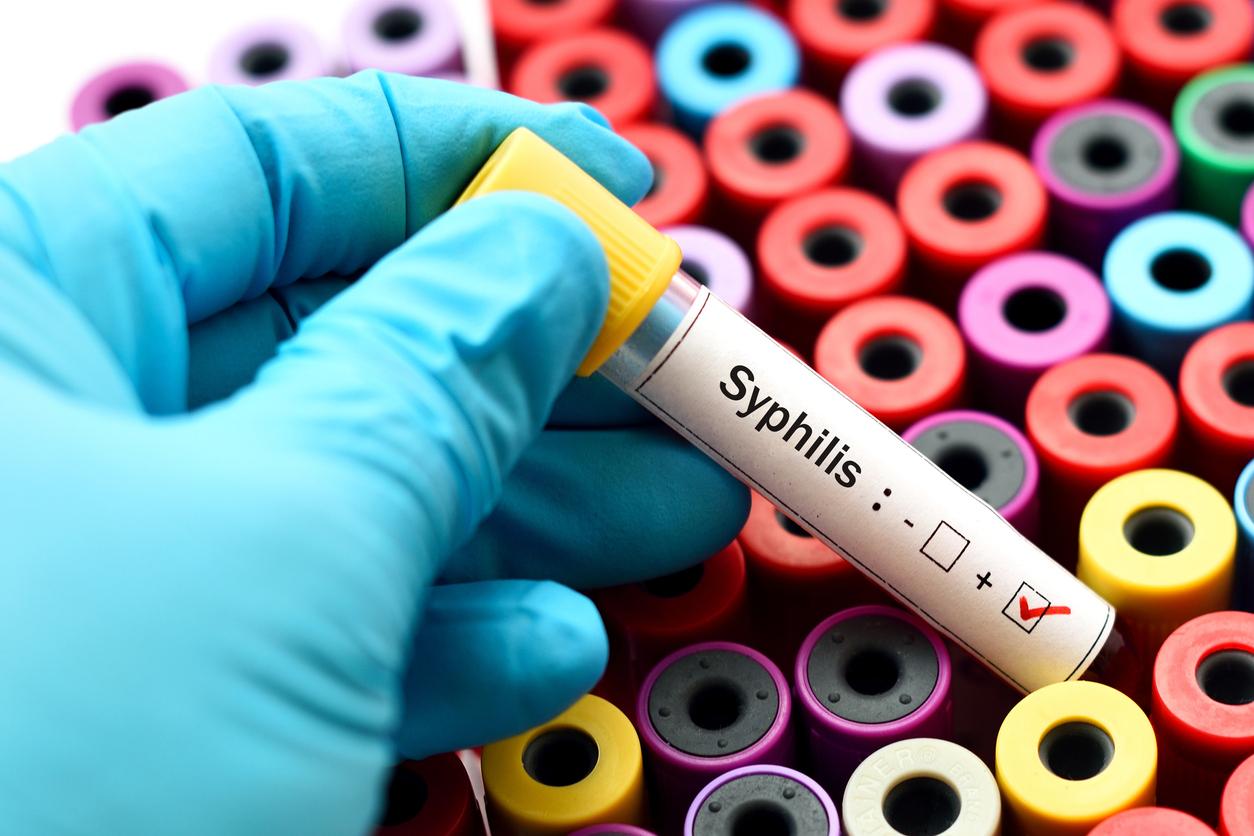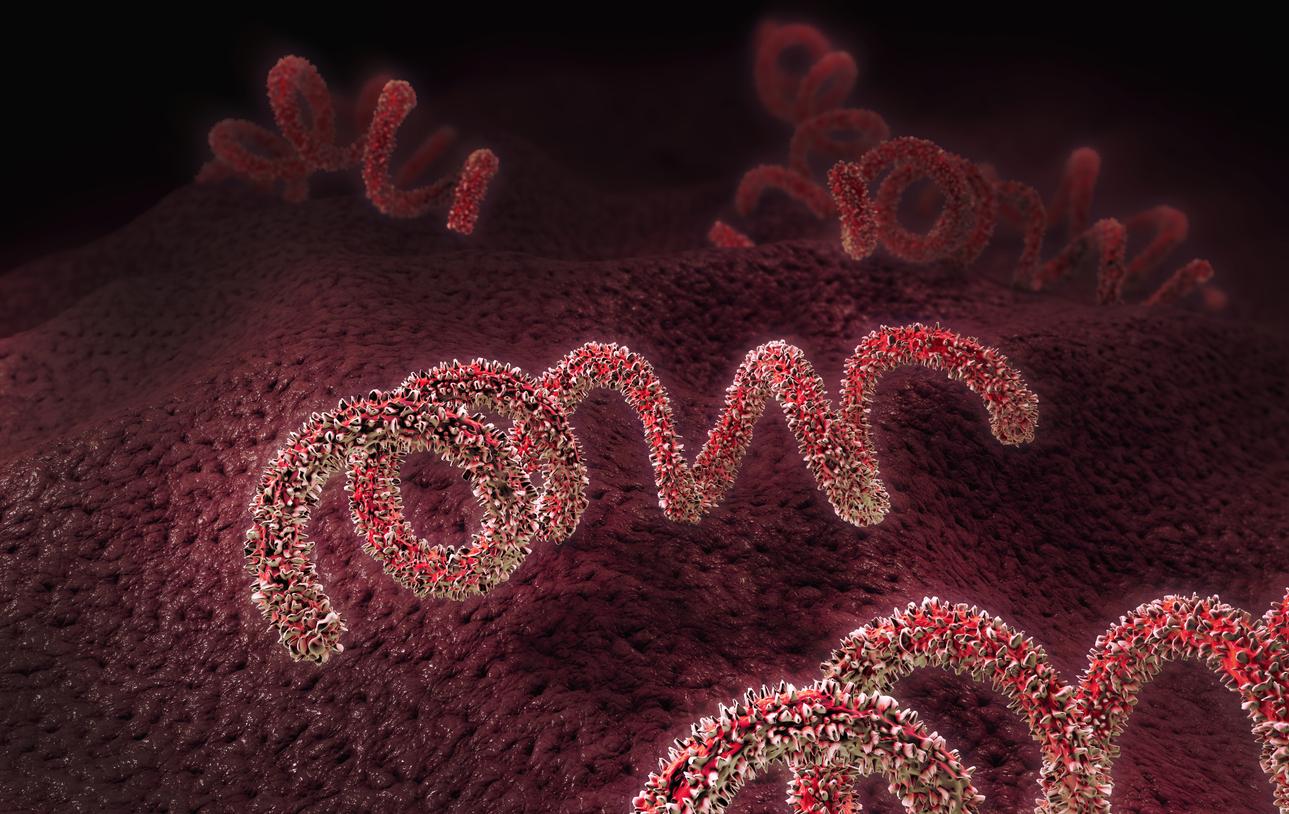HIV treatments could promote the transmission of another sexually transmitted infection: syphilis. Canadian researchers suggest so.

Its former name: the pox. It is often associated with master paintings, or Victorian novels. But syphilis did not disappear with Maupassant. The bacterium that causes it is still circulating, and more and more. Since at least 2012, a resurgence has been observed in France among men who have sex with men (MSM). The same observation applies to other countries.
Behaviors are not the only explanation, according to a Canadian and South African team. The biological mechanism of antiretrovirals could promote infection, they argue in Sexually Transmitted Infections, supporting literature review.
A double phenomenon
Two propagation models have been examined in this publication. The first concerns the risk-taking of carriers of pale treponema (Treponema pallidum), the cause of syphilis. The high efficacy of antiretrovirals, in treatment and prevention, could have altered the perception of danger. Today she would be more optimistic. True, answer the Canadians. But up to a point.
Analysis of the scientific literature shows a certain relaxation of prevention methods. But it does not explain the explosion of syphilis cases among MSM around the world. In the United Kingdom alone, the probability of being infected is 2.7 times higher than in 2009. Moreover, the increase is in no way comparable to that of cases of chlamydia or gonorrhea. Another factor therefore comes into play.
This factor, according to the authors of the study, is probably due to the evolution of the drugs used against HIV. Antiretrovirals are now widely used. But their mechanism may well favor the transmission of treponema pale. In fact, they preserve the T lymphocytes but do not allow the reconstitution of the “stock”, and they block the inflammatory response. This reaction is necessary for the eradication of syphilis more than for other STIs. It is needed to defend against infection. People on treatment would therefore be more vulnerable.
Without symptoms or screening
Interesting results, but to be taken with a grain of salt. In one associated editorial In the study, three experts from Johns-Hopkins University (United States) point out several limitations in the reasoning of their Canadian colleagues. Many gonorrhea and chlamydiosis are asymptomatic – 90% according to their figures. The lag in relation to syphilis could therefore “simply reflect inadequate screening, they write. The majority of MSM do not test for extragenital infections.” Another flaw: the mathematical model does not take into account the subtleties of sexual intercourse.
The three researchers actually put forward another track: the effectiveness of antiretrovirals has caused a general relaxation vis-à-vis other sexually transmitted infections. “History has shown it would be a big mistake,” they warn. Especially since the prevention campaigns have obviously not worked.
Despite repeated warnings about the risk of STIs other than HIV, progress continues. As proof: a thematic weekly epidemiological bulletin (BEH). In France, 81,000 cases of gonorrhea have been diagnosed. For Johns-Hopkins scholars, this underscores the need for continued efforts to support screening and comprehensive care.

.















